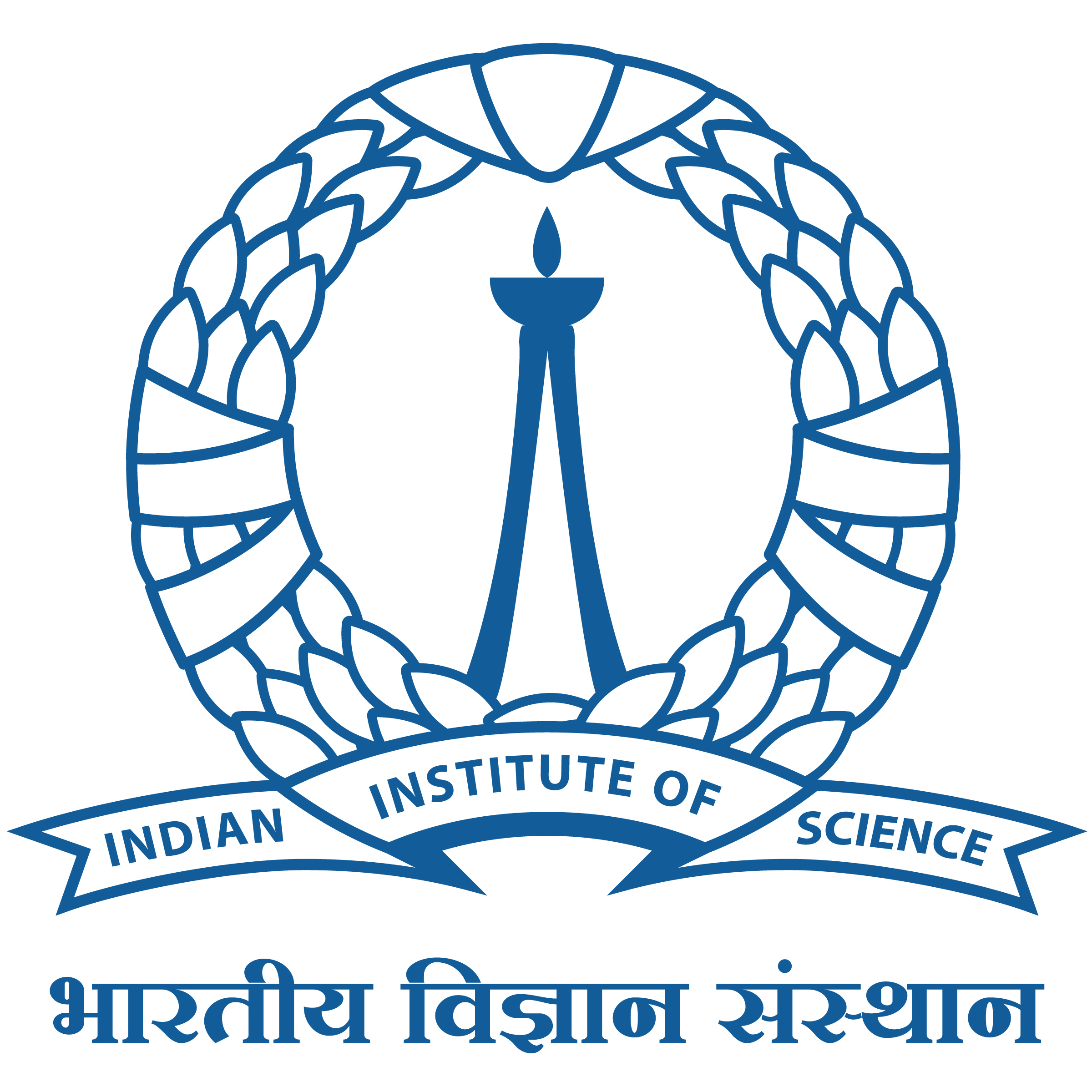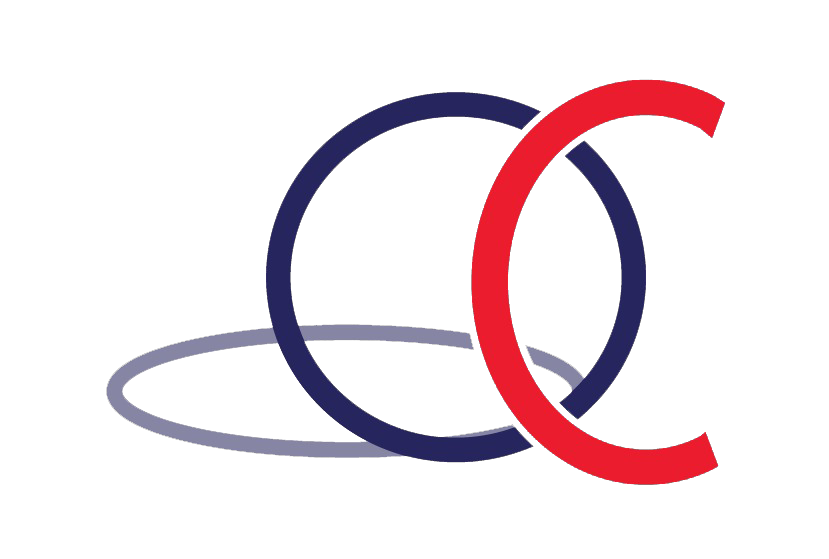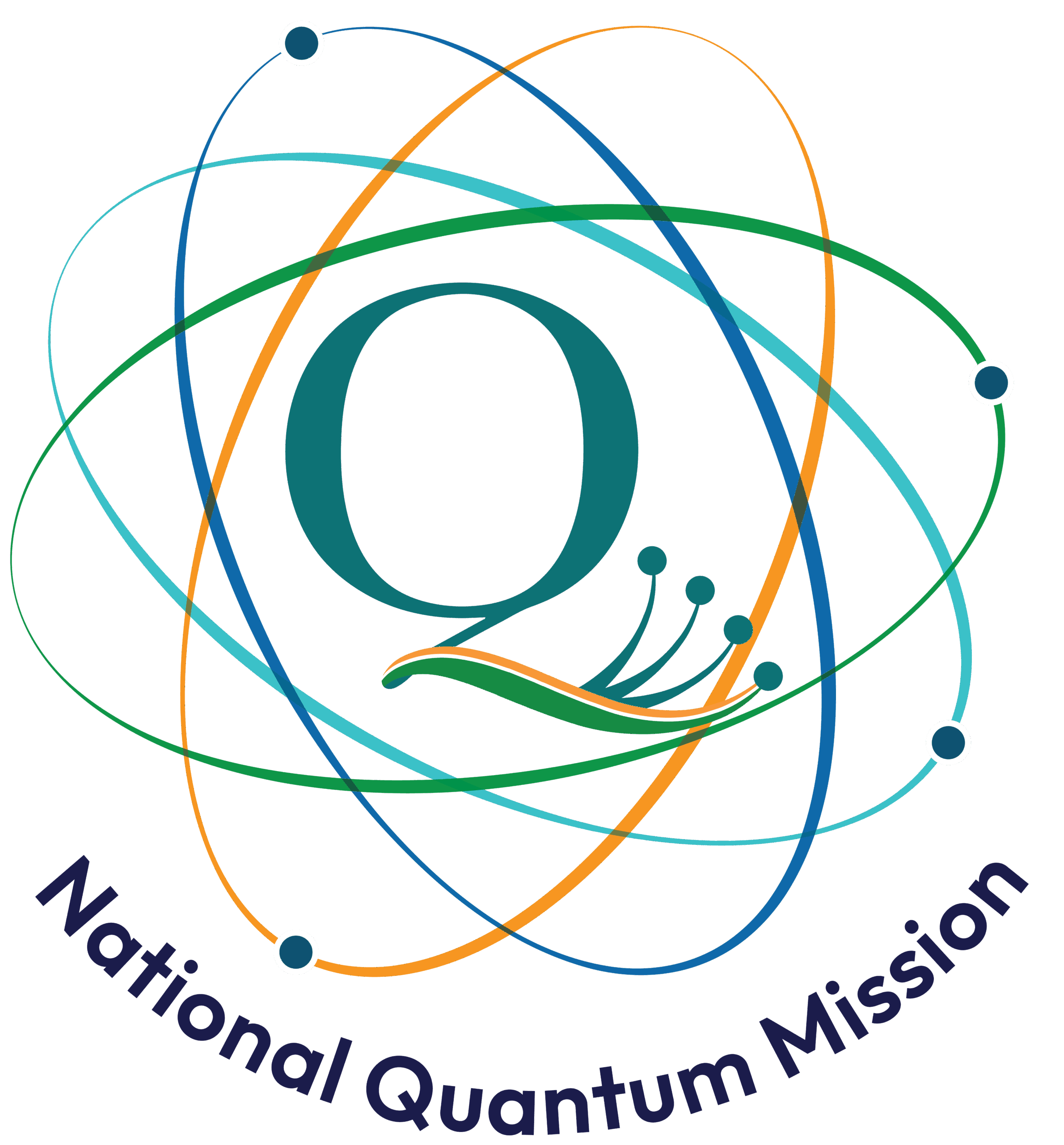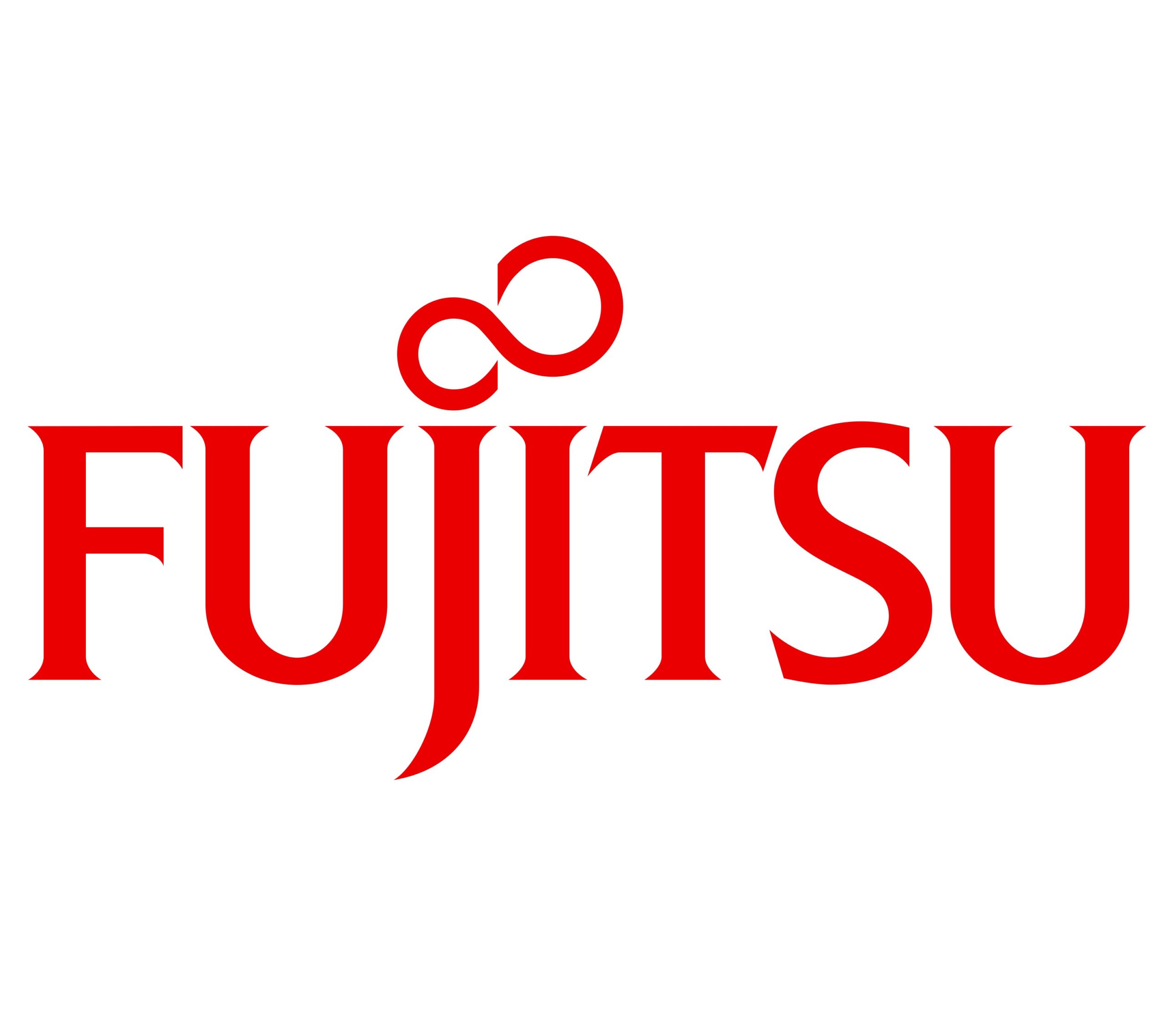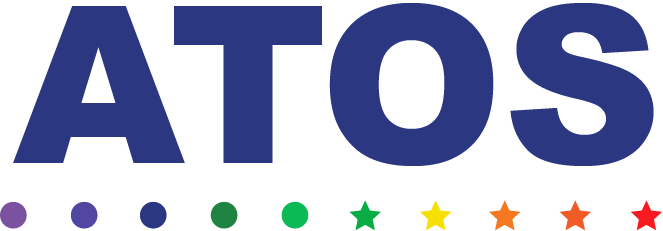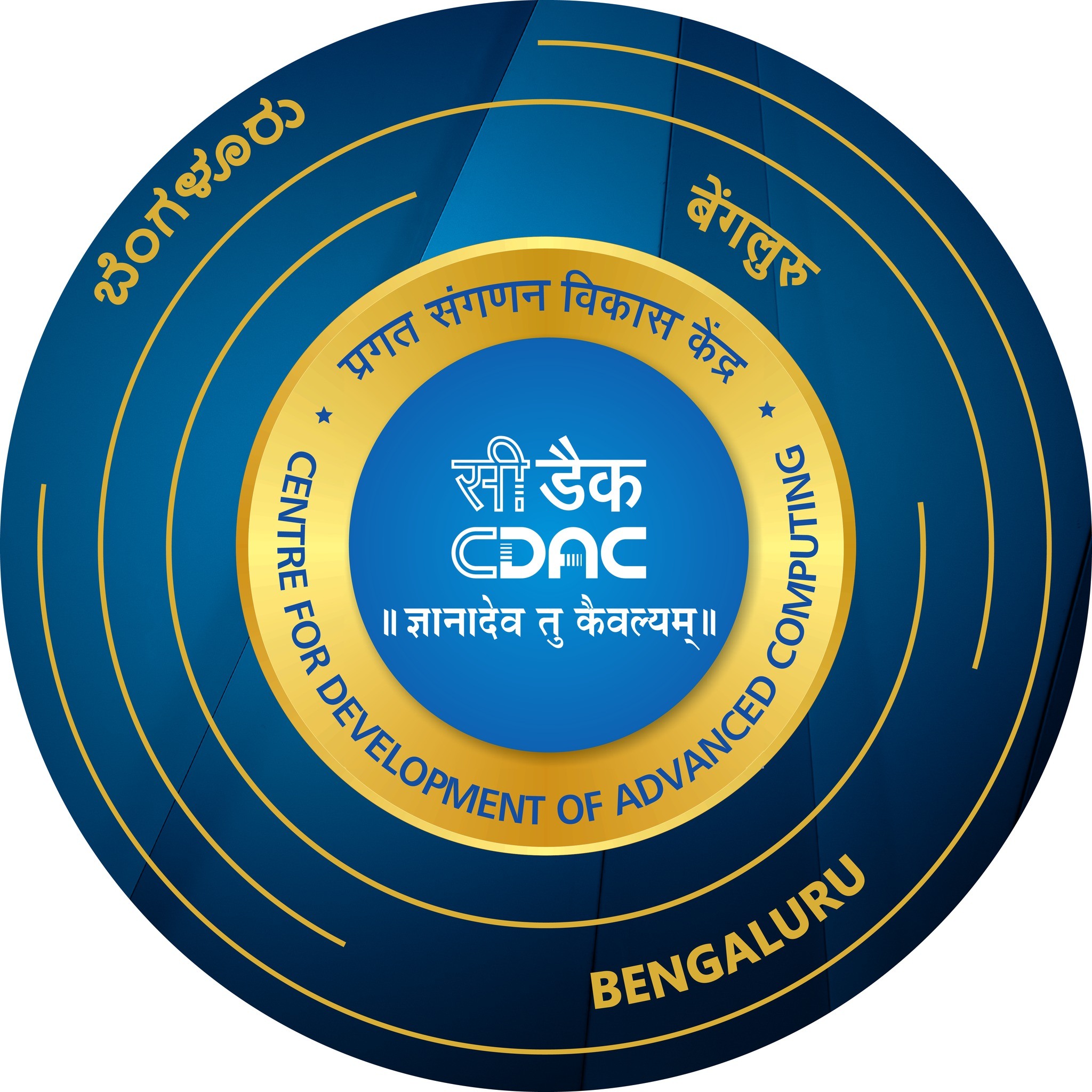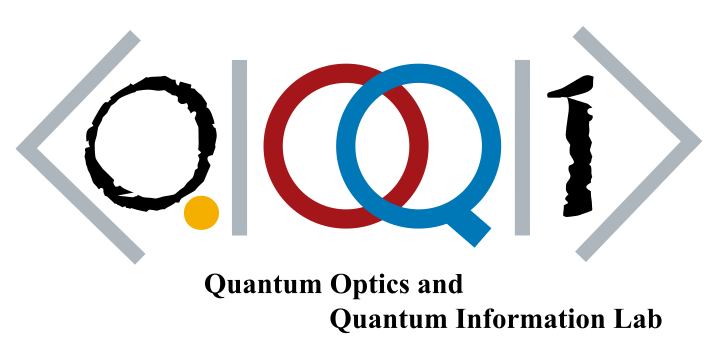The Programme Committee of TQC 2024 selected 92 out of 460 submissions for a contributed talk (20% acceptance rate).
You may find the contributed talks here.
The conference schedule is now published.
How to change talk slots: If you are giving a talk and would like to change your scheduled slot, contact the authors of another talk to swap, and write to the organizers only when you have a swap arrangement. You may use the Discord server to ask if anyone is willing to swap. Please try to swap with a talk from the same field, so that sessions can remain thematic and audience members don’t need to move rooms in the middle of a session.
Satoshi Yoshida, Shiro Tamiya, Hayata Yamasaki
Concatenate codes, save qubits Talk
2024.
Abstract | Tags: Friday | Links:
@Talk{T24_120,
title = {Concatenate codes, save qubits},
author = {Satoshi Yoshida and Shiro Tamiya and Hayata Yamasaki},
url = {https://arxiv.org/abs/2402.09606},
year = {2024},
date = {2024-01-01},
abstract = {The essential requirement for fault-tolerant quantum computation (FTQC) is the total protocol design to achieve a fair balance of all the critical factors relevant to its practical realization, such as the space overhead, the threshold, and the modularity. A major obstacle in realizing FTQC with conventional protocols, such as those based on the surface code and the concatenated Steane code, has been the space overhead, i.e., the required number of physical qubits per logical qubit. Protocols based on high-rate quantum low-density parity-check (LDPC) codes gather considerable attention as a way to reduce the space overhead, but problematically, the existing fault-tolerant protocols for such quantum LDPC codes sacrifice the other factors. Here we construct a new fault-tolerant protocol to meet these requirements simultaneously based on more recent progress on the techniques for concatenated codes rather than quantum LDPC codes, achieving a constant space overhead, a high threshold, and flexibility in modular architecture designs. In particular, under a physical error rate of 0.1%, our protocol reduces the space overhead to achieve the logical CNOT error rates 10^-10 and 10^-24 by more than 90% and 97%, respectively, compared to the protocol for the surface code. Furthermore, our protocol achieves the threshold of 2.4% under a conventional circuit-level error model, substantially outperforming that of the surface code. The use of concatenated codes also naturally introduces abstraction layers essential for the modularity of FTQC architectures. These results indicate that the code-concatenation approach opens a way to significantly save qubits in realizing FTQC while fulfilling the other essential requirements for the practical protocol design.},
keywords = {Friday},
pubstate = {published},
tppubtype = {Talk}
}
Michael Beverland, Vadym Kliuchnikov, Shilin Huang
Fault tolerance of stabilizer channels Talk
2024.
Abstract | Tags: Friday | Links:
@Talk{T24_434,
title = {Fault tolerance of stabilizer channels},
author = {Michael Beverland and Vadym Kliuchnikov and Shilin Huang},
url = {https://arxiv.org/pdf/2401.12017},
year = {2024},
date = {2024-01-01},
abstract = {Stabilizer channels are stabilizer circuits that implement logical operations while mapping from an input stabilizer code to an output stabilizer code. They are widely used to implement fault tolerant error correction and logical operations in stabilizer codes such as surface codes and LDPC codes, and more broadly in subsystem, Floquet and space-time codes. We introduce a rigorous and general formalism to analyze the fault tolerance properties of any stabilizer channel under a broad class of noise models. This includes rigorous but easy-to-work-with definitions and algorithms for the fault distance and hook faults for stabilizer channels. The generalized notion of hook faults which we introduce, defined with respect to an arbitrary subset of a circuit’s faults rather than a fixed phenomenological noise model, can be leveraged for fault-tolerant circuit design. Additionally, we establish necessary conditions such that channel composition preserves the fault distance. We apply our framework to design and analyze fault tolerant stabilizer channels for surface codes, revealing novel aspects of fault tolerant circuits.},
keywords = {Friday},
pubstate = {published},
tppubtype = {Talk}
}
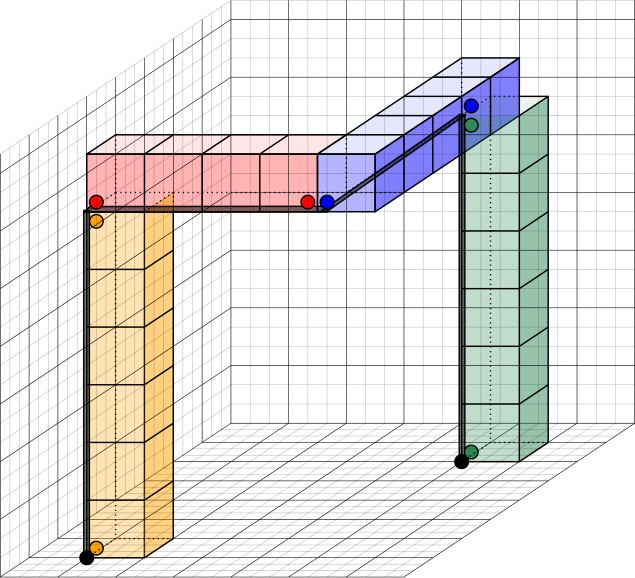
Shin Ho Choe, Robert König
How to fault-tolerantly realize any quantum circuit with local operations Talk
2024.
Abstract | Tags: Friday | Links:
@Talk{T24_439,
title = {How to fault-tolerantly realize any quantum circuit with local operations},
author = {Shin Ho Choe and Robert König},
url = {https://arxiv.org/abs/2402.13863},
year = {2024},
date = {2024-01-01},
abstract = {We show how to realize a general quantum circuit involving gates between arbitrary pairs of qubits by means of geometrically local quantum operations and efficient classical computation. We prove that circuit-level local stochastic noise modeling an imperfect implementation of our derived schemes is equivalent to local stochastic noise in the original circuit. Our constructions incur a constant-factor increase in the quantum circuit depth and a polynomial overhead in the number of qubits: To execute an arbitrary quantum circuit on n qubits, we give a 3D quantum fault-tolerance architecture involving O(n^3/2 log^3 n) qubits, and a quasi-2D architecture using O(n^2 log^3 n) qubits. Applied to recent fault-tolerance constructions, this gives a fault-tolerance threshold theorem for universal quantum computations with local operations, a polynomial qubit overhead and a quasi-polylogarithmic depth overhead. More generally, our transformation dispenses with the need for considering the locality of operations when designing schemes for fault-tolerant quantum information processing.},
keywords = {Friday},
pubstate = {published},
tppubtype = {Talk}
}
Nai-Hui Chia, Daniel Liang, Fang Song
Quantum State Learning Implies Circuit Lower Bounds Talk
2024.
Abstract | Tags: Friday | Links:
@Talk{T24_348,
title = {Quantum State Learning Implies Circuit Lower Bounds},
author = {Nai-Hui Chia and Daniel Liang and Fang Song},
url = {https://arxiv.org/abs/2405.10242},
year = {2024},
date = {2024-01-01},
abstract = {We establish connections between state tomography, pseudorandomness, quantum state synthesis, and circuit lower bounds. In particular, let C be a family of non-uniform quantum circuits of polynomial size and suppose that there exists an algorithm that, given copies of |ψ⟩, distinguishes whether |ψ⟩ is produced by C or is Haar random, promised one of these is the case. For arbitrary fixed constant c, we show that if the algorithm uses at most O(2^n^c) time and 2^n^0.99 samples then stateBQE⊄stateC. Here stateBQE:=stateBQTIME[2^O(n)] and stateC are state synthesis complexity classes as introduced by Rosenthal and Yuen (ITCS 2022), which capture problems with classical inputs but quantum output. Note that efficient tomography implies a similarly efficient distinguishing algorithm against Haar random states, even for nearly exponential-time algorithms. Because every state produced by a polynomial-size circuit can be learned with 2O(n) samples and time, or O(n^ω(1)) samples and 2^O(n^ω(1)) time, we show that even slightly non-trivial quantum state tomography algorithms would lead to new statements about quantum state synthesis. Finally, a slight modification of our proof shows that distinguishing algorithms for quantum states can imply circuit lower bounds for decision problems as well. This help sheds light on why time-efficient tomography algorithms for non-uniform quantum circuit classes has only had limited and partial progress. Our work parallels results by Arunachalam et al. (FOCS 2021) that revealed a similar connection between quantum learning of Boolean functions and circuit lower bounds for classical circuit classes, but modified for the purposes of state tomography and state synthesis.},
keywords = {Friday},
pubstate = {published},
tppubtype = {Talk}
}
Nahuel L. Diaz, Diego García-Martín, Sujay Kazi, Martin Larocca, Marco Cerezo
Showcasing a Barren Plateau Theory Beyond the Dynamical Lie Algebra Talk
2024.
Abstract | Tags: Friday | Links:
@Talk{T24_230,
title = {Showcasing a Barren Plateau Theory Beyond the Dynamical Lie Algebra},
author = {Nahuel L. Diaz and Diego García-Martín and Sujay Kazi and Martin Larocca and Marco Cerezo},
url = {https://arxiv.org/abs/2310.11505},
year = {2024},
date = {2024-01-01},
abstract = {Barren plateaus have emerged as a pivotal challenge for variational quantum computing. Our understanding of this phenomenon underwent a transformative shift with the recent introduction of a Lie algebraic theory capable of explaining most sources of barren plateaus. However, this theory requires either initial states or observables that lie in the circuit's Lie algebra. Focusing on parametrized matchgate circuits, in this work we are able to go beyond this assumption and provide an exact formula for the loss function variance that is valid for arbitrary input states and measurements. Our results reveal that new phenomena emerge when the Lie algebra constraint is relaxed. For instance, we find that the variance does not necessarily vanish inversely with the Lie algebra's dimension. Instead, this measure of expressiveness is replaced by a generalized expressiveness quantity: the dimension of the Lie group modules. By characterizing the operators in these modules as products of Majorana operators, we can introduce a precise notion of generalized globality and show that measuring generalized-global operators leads to barren plateaus. Our work also provides operational meaning to the generalized entanglement as we connect it with known fermionic entanglement measures, and show that it satisfies a monogamy relation. Finally, while parameterized matchgate circuits are not efficiently simulable in general, our results suggest that the structure allowing for trainability may also lead to classical simulability.},
keywords = {Friday},
pubstate = {published},
tppubtype = {Talk}
}
Filippo Girardi, Giacomo De Palma
Trained quantum neural networks are Gaussian processes Talk
2024.
Abstract | Tags: Friday | Links:
@Talk{T24_59,
title = {Trained quantum neural networks are Gaussian processes},
author = {Filippo Girardi and Giacomo De Palma},
url = {https://arxiv.org/abs/2402.08726},
year = {2024},
date = {2024-01-01},
abstract = {We study quantum neural networks made by parametric one-qubit gates and fixed two-qubit gates in the limit of infinite width, where the generated function is the expectation value of the sum of single-qubit observables over all the qubits. First, we prove that the probability distribution of the function generated by the untrained network with randomly initialized parameters converges in distribution to a Gaussian process whenever each measured qubit is correlated only with few other measured qubits. Then, we analytically characterize the training of the network via gradient descent with square loss on supervised learning problems. We prove that, as long as the network is not affected by barren plateaus, the trained network can perfectly fit the training set and that the probability distribution of the function generated after training still converges in distribution to a Gaussian process. Finally, we consider the statistical noise of the measurement at the output of the network and prove that a polynomial number of measurements is sufficient for all the previous results to hold and that the network can always be trained in polynomial time.},
keywords = {Friday},
pubstate = {published},
tppubtype = {Talk}
}

